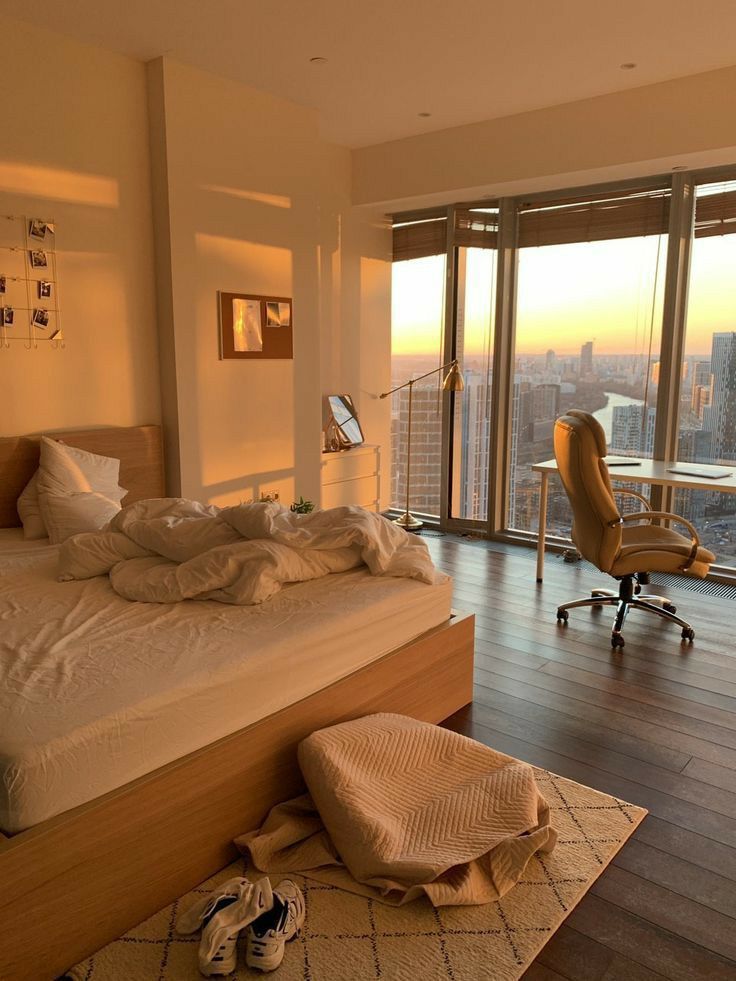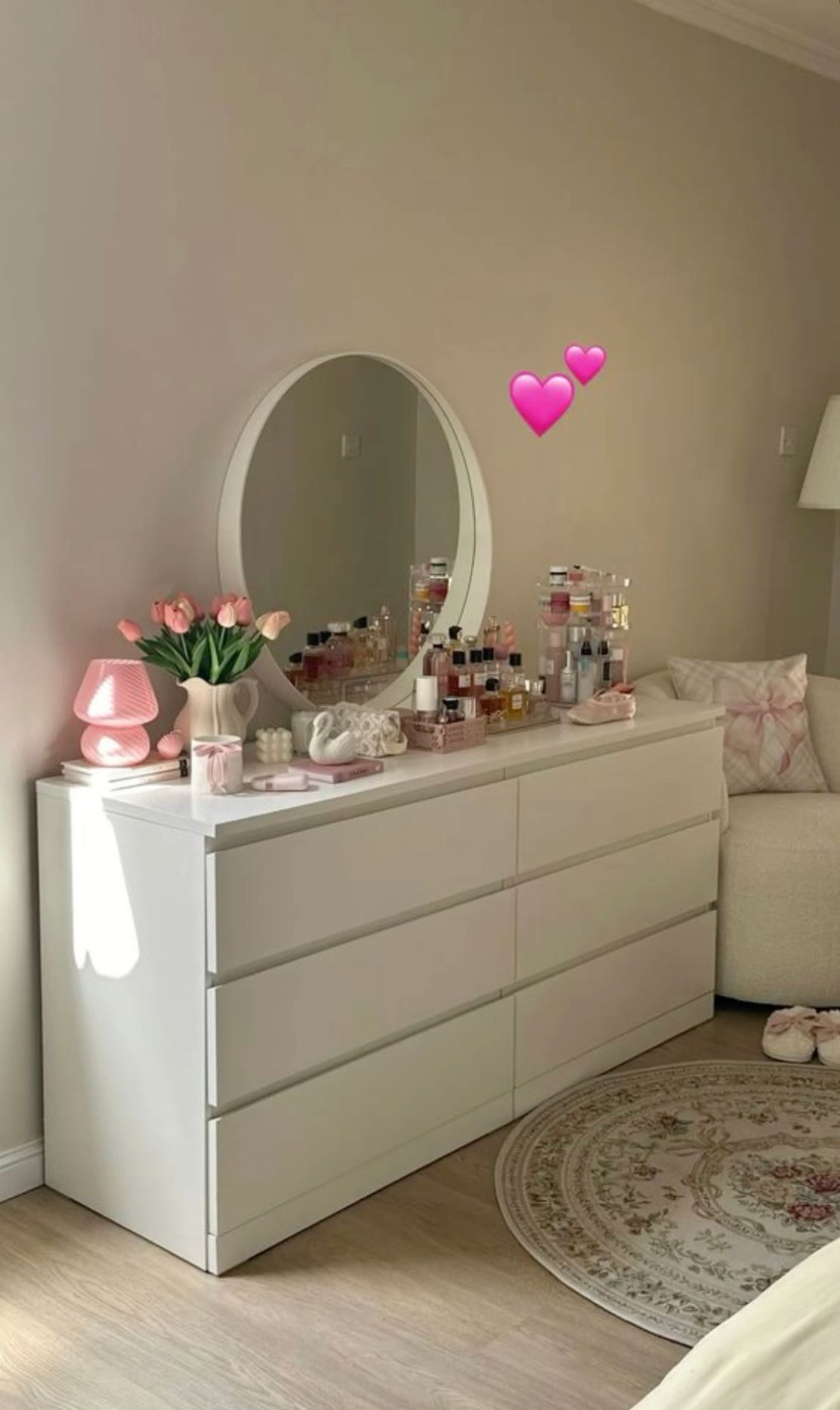Because of the density requirements of inner-city London sites, we initially focused on central corridor apartment buildings within PRiSM.
Adrian has developed and led approaches to managing process development and scale-up projects, and their integration with capital projects.Alastair is a chartered architect designing innovative facilities in the life sciences and broader industrial and energy sectors.He is particularly interested in finding fast, scalable solutions to big global challenges, such as climate change or vaccine production, and uses a range of methods to achieve this including:.

Design to Value., platforms (P-DfMA), process simulation, and techno-economic analysis..He has worked on international projects that include large and small molecule upstream and downstream pharmaceutical manufacturing, consumer goods, R&D and QC laboratories, site masterplans, and wider strategic initiatives.

While predominantly focused on front-end design, Alastair has experience coordinating, managing, and delivering facilities through to completion, and uses this experience to better inform early design decisions.Urko joined Bryden Wood in September 2015 after finishing his Master’s degree in Architecture at the University of the Basque Country in San Sebastian, Spain.. Urko’s first experience with the company was working on the E5+ Explore Living project, a modular system that gave him a professional answer to his educational background in modular residential building design..He has been involved in a wide range of projects developed through the use of BIM, including Sugar House Island, Battersea Power Station, large UK government schemes and Equinix.

The experience obtained in these projects has allowed Urko to develop skills that have routed him into DfMA and.Cristina joined Bryden Wood's.
team in July 2014, having previously worked in architectural firms in Spain, and after graduating from San Pablo CEU University in Spain in 2013..There are technologies being developed that extract CO2 from the atmosphere to incorporate into building materials.
These ideas offer the opportunity to make the construction of an asset carbon negative.. How can we build and not just protect diversity (e.g.move a threatened species) but provide the foundations to increase natural habitats?
This is not just putting money aside to plant trees, it’s about working with environmental groups – not to seek reluctant acceptance but instead enthusiastic support and ideas.We know that green spaces are a positive influence on our well-being.